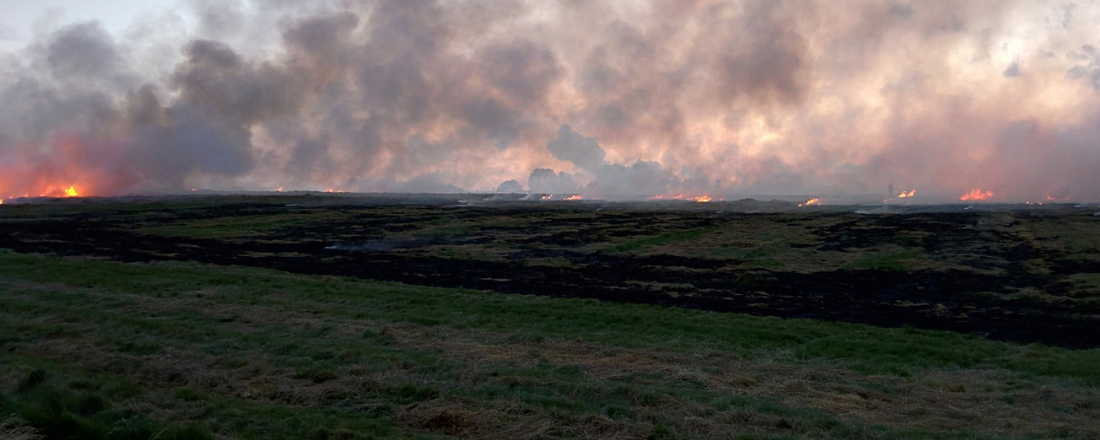
In the News
Climate Change Causing Asthma Symptoms to Worsen in CA’s Stanislaus County
- The Modesto Bee
-
Focus Areas
Chronic Disease Prevention, Environmental Health, Healthy Communities -
Issues
Asthma, Climate Change, Wildfires & Extreme Heat -
Expertise
Research – Surveillance

This story is part of a Modesto Bee series on climate change impacts in Stanislaus County.
“A warmer climate makes health management more difficult for children and adults with asthma in Stanislaus County. Asthma and air quality were ranked as the second most important issue, after access to healthcare, in the county’s five-year Community Health Improvement Plan, revised in the spring.
Historically, the county has had a higher rate of emergency room visits for asthma complications than the state as a whole. The Stanislaus rate averaged 58.5 per 10,000 residents from 2014 to 2016, far higher than the statewide rate of 48.4 per 10,000. More recent data was not available. Asthma attacks occur when the airways are inflamed and swollen, making it difficult to breathe.
A key factor in higher asthma rates is poor air quality: The American Lung Association “State of the Air 2023” report gave Stanislaus County failing grades for ozone and particle pollution, noting that high ozone made the air unhealthy for sensitive groups 56 days of the year and particle pollution was unhealthy 42 days. The report said 35,728 adult county residents and 7,433 children suffered from asthma.
Dr. Gina Solomon, clinical professor at the UCSF School of Medicine, talked about climate change impacts for asthma sufferers at Modesto Junior College Institute Day in January 2020. Modesto filmmaker Richard Anderson shot a five-minute video with Solomon, who was deputy secretary for science and health for the California Environmental Protection Agency for six years.
In that video, Solomon said climate change makes matters worse for asthma sufferers in four ways: Heat increases ozone or smog in the San Joaquin Valley’s air. Ozone is known to cause asthma attacks, and that is going to get worse with climate change. Weeds and grasses are common allergens that can trigger asthma symptoms. Studies in which weeds were grown in greenhouses, with different concentrations of carbon dioxide in the air, showed that at higher levels of CO2, the weeds grew thicker and produced much more pollen.
Asthma sufferers are expected to have more episodes of allergic reaction and asthma attacks in spring and summer with climate change. Cars and trucks, as well as industrial plants, are sources of heat-trapping greenhouse gases that are warming the planet. But they also emit “black carbon,” or tiny particles that can travel deep into the lungs. When inhaled, the particles have toxic effects on the air sacks of the lungs and cause inflammation. Asthma attacks are triggered by inflammation. California already has seen a huge increase in wildfires. Millions of trees in the mountains have died due to drought and bark beetles, while the undergrowth in forests is like kindling for fires.”

Huge fires create huge plumes of smoke. And that smoke is incredibly irritating to the airways. As it penetrates deep into the lungs, it causes inflammation and the airways of asthmatics to spasm. People end up in the hospital during wildfire events.Gina Solomon, MD, MPH
Former director of PHI’s Achieving Resilient Communities (ARC) and PHI’s Science for Toxic Exposure Prevention
To read the full article, click on the link below.
Originally published by The Modesto Bee
More Updates
Work With Us
You change the world. We do the rest. Explore fiscal sponsorship at PHI.
Support Us
Together, we can accelerate our response to public health’s most critical issues.
Find Employment
Begin your career at the Public Health Institute.



